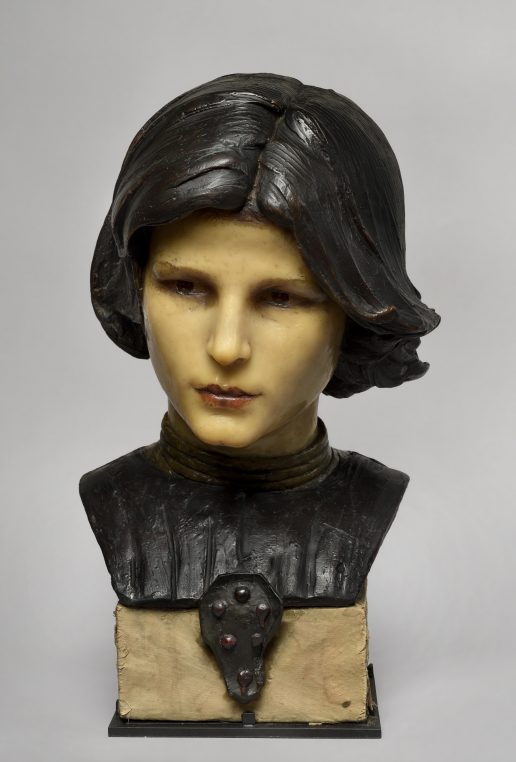
Jean Désiré Ringel d’Illzach, Young prince Medici, ca 1890 © Musée d’Art Moderne et Contemporain de Strasbourg. Photo A. Plisson
It is always a delight and a special emotion to enter the large hall of Musée d’Orsay, formerly a train station, where the clock remains and hundreds of sculptures are shown with the Statue of Liberty in the foreground. A short (100 pieces), but fun exhibition of polychrome sculptures, has just opened and I found out that the 19 th century fashion of coloring statues came from the Antiquity and was revived by recent archaeological finds. Some of them are very kitsch but others, like Camille Claudel‘s “the Wave”, are truly revolutionary.
In the 17 th and 18 th century, white marble and dark bronze represented the universal esthaetical ideal. But little by little, marbles became colored and ivory, wax, wood were painted and ornate. While restoring the Sainte Chapelle, building the neo gothic church of Sainte Clotilde or Pierrefonds castle, artists rediscovered medieval colors and Renaissance taste and became more daring. Charles Lévy and Theodore Deck created a colossal Bernard Palissy, their inspirer, in enameled faience. Both the manufactures of Sèvres and Sarreguemines participated in this new adventure.
Charles Cordier, in the Napoléon III era, developed a combination of colored marbles for his fabulous busts three of which are shown here. These were already the object of an exhibition curated by Laure de Margerie, a few years ago at Orsay. Symbolism is well represented by Gauguin, Georges Lacombe and Jean Carriès and his fantastic animals. Art Nouveau ceramist Alexandre Bigot shows his mice and hippocampus.
This show curated by Edouard Papet, is presented in the Françoise Cachin galleries just above the courtyard and it is wonderful to see these strange objects made by sculptors, who for some of them, have been completely forgotten. Of course, Pierre Auguste Renoir’s portrait of Madame Renoir is delightful and Rodin’s head of Camille Claudel with a bonnet is very moving and delicate. Daumier’s caricatures made in 1832 and 1833 are hilarious.

Fernand Cormon, The sculptor at work, (Jean-Léon Gérôme peignant une réduction de la Bellone) © Patrice Schmidt
These artists teach us a new genre of wax sculptures and realism and the show is a great excuse to wander around the fabulous galleries of sculpture of the museum. Just next door are the Van Gogh rooms, unique in Paris. And if you have not seen it already, don’t miss “Wild souls”, the show of Baltic painters downstairs.
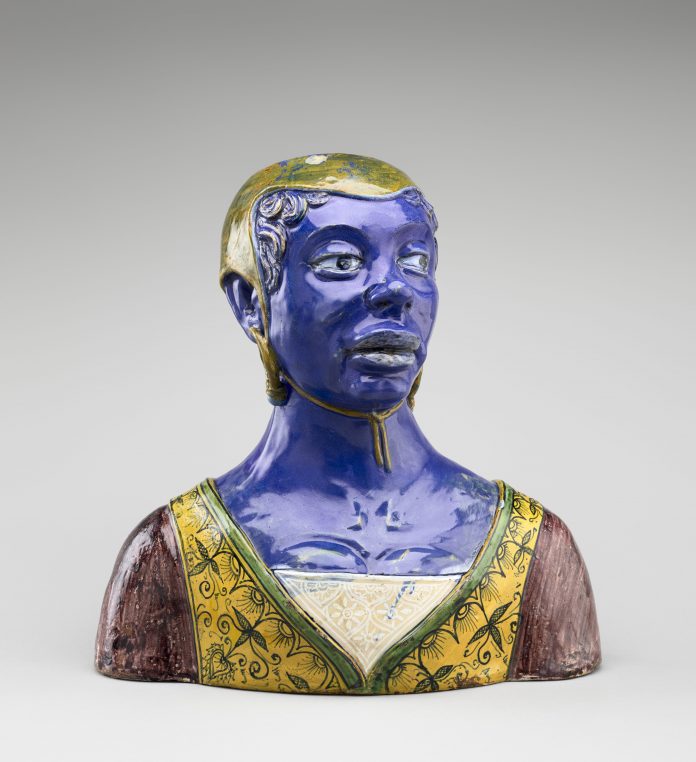
Montelupo, Itlay, Bust of a Maure, XVI th century, Écouen, © RMN-Grand Palais (musée de la Renaissance, château d’Ecouen) / Mathieu Rabeau
(Musée d’Orsay until September 9)
Share this Post
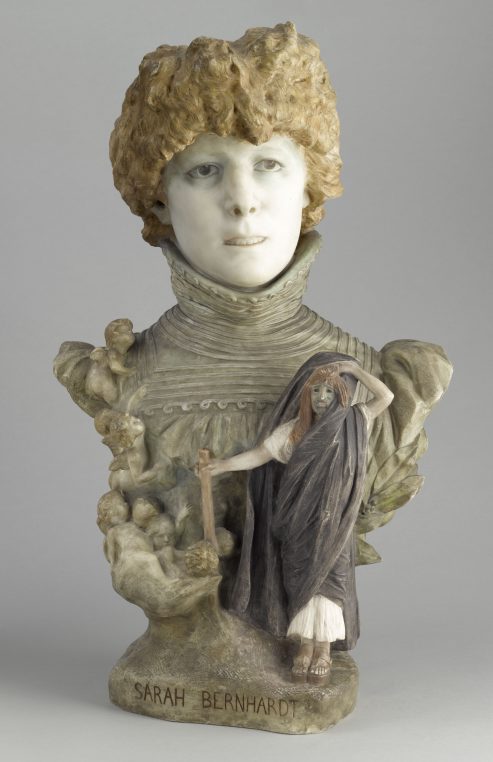

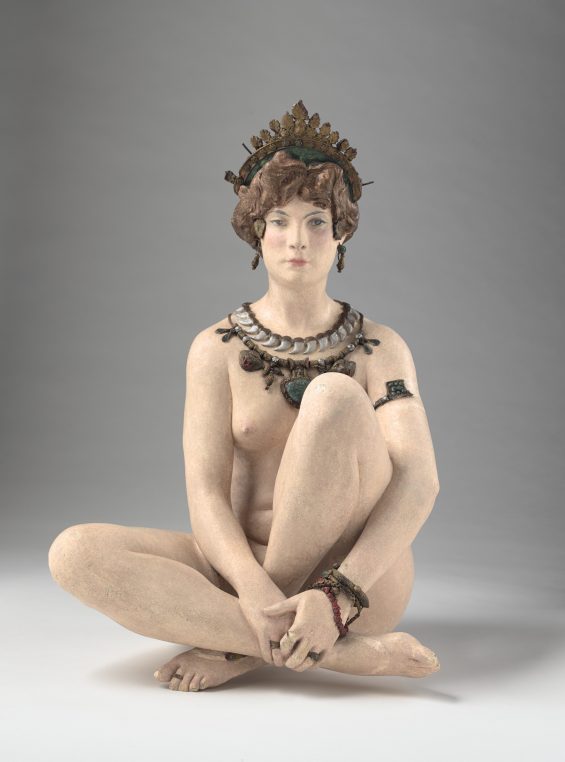
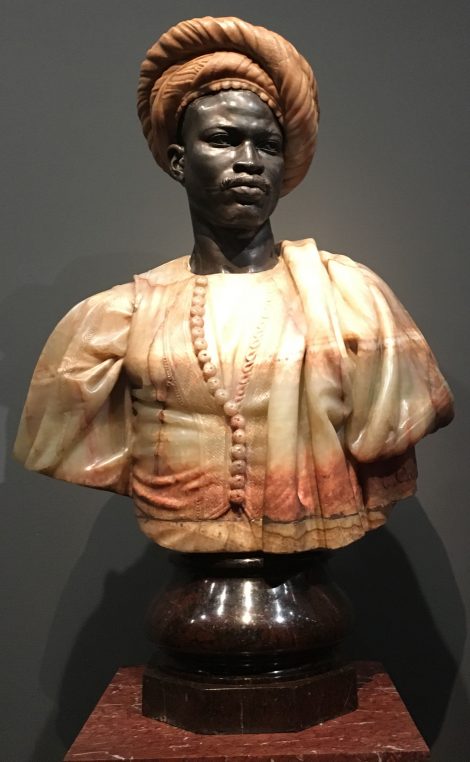

One Comment on “Polychrome sculpture at Orsay”
Wonderful stuff — thank you Laure!